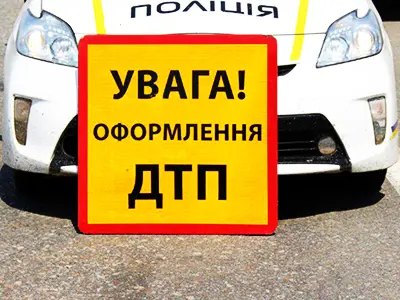
The Ukrainian Patrol Police has taken a bold step, initiating a large-scale transition from the familiar paper reports to fully digital documentation of road accidents, as announced by the First Deputy Head of their Department, Oleksiy Beloshitsky, on his social media page. The essence of the change is that inspectors arriving at the scene of an accident will no longer use a pen and paper form, but a special tablet on which they will record absolutely every detail of the incident, from the drivers' personal information to the most minute circumstances of the road incident itself. It is expected that such meticulous electronic recording will not only eliminate traditional typos and errors but also create a perfectly accurate picture of the incident for all stakeholders, from the participants themselves to the insurance experts who will analyze these data to determine compensation. For owners of seriously damaged vehicles, such detailed documentation can be a decisive factor when considering options with companies offering car buyback after an accident, as it will be much easier for potential buyers to assess the extent and nature of the damage using such a technologically advanced document.
A pilot project, as is often the case with government initiatives, was launched in the Vinnytsia region, where local patrol officers are already mastering the new tablets and associated software, creating their first electronic diagrams and gradually weaning themselves off old methods. According to announced plans, this practice will be expanded to ten more regions by the end of next year, and within a year, barring any obstacles, all regions of the country should transition to the new registration format. This is certainly an ambitious but entirely achievable schedule given the appropriate level of funding and organization. The main advantage cited by officials as justifying these changes is the radical time savings. Now, inspectors won't have to spend half an hour drawing the smallest details of an intersection by hand or filling out numerous identical fields on multiple copies of the form. The electronic system will generate a neat drawing based on the entered data and automatically send it to the necessary authorities. This speed will not only reduce the enormous traffic jams that traditionally arise around even minor accidents, but will also allow drivers to quickly free themselves from this unpleasant procedure and focus on addressing pressing issues related to repairing their vehicles or selling them as quickly as possible.
At the same time, it's important to understand that the essence of the procedure, its legal and administrative components, will remain absolutely unchanged, a point the police are emphasizing, trying to avoid unnecessary speculation on the matter. All collected materials, albeit in modern digital form, will ultimately be sent to the same court that will hear the accident case according to standard, established legal procedures. Judges will simply now have more visual and clear documents at their disposal. For ordinary people involved in a traffic accident, this innovation is primarily a positive development, as the transparency of the documentation and the speed of processing directly impact their time and stress, as well as the objectivity of subsequent proceedings with insurers or car buyers. When you have an official diagram with precise coordinates and georeferencing, rather than a blurry phone photo or a carelessly drawn plan, it becomes incomparably easier and more comfortable to discuss the actual cost of repairing a car or buying it back after an accident.

